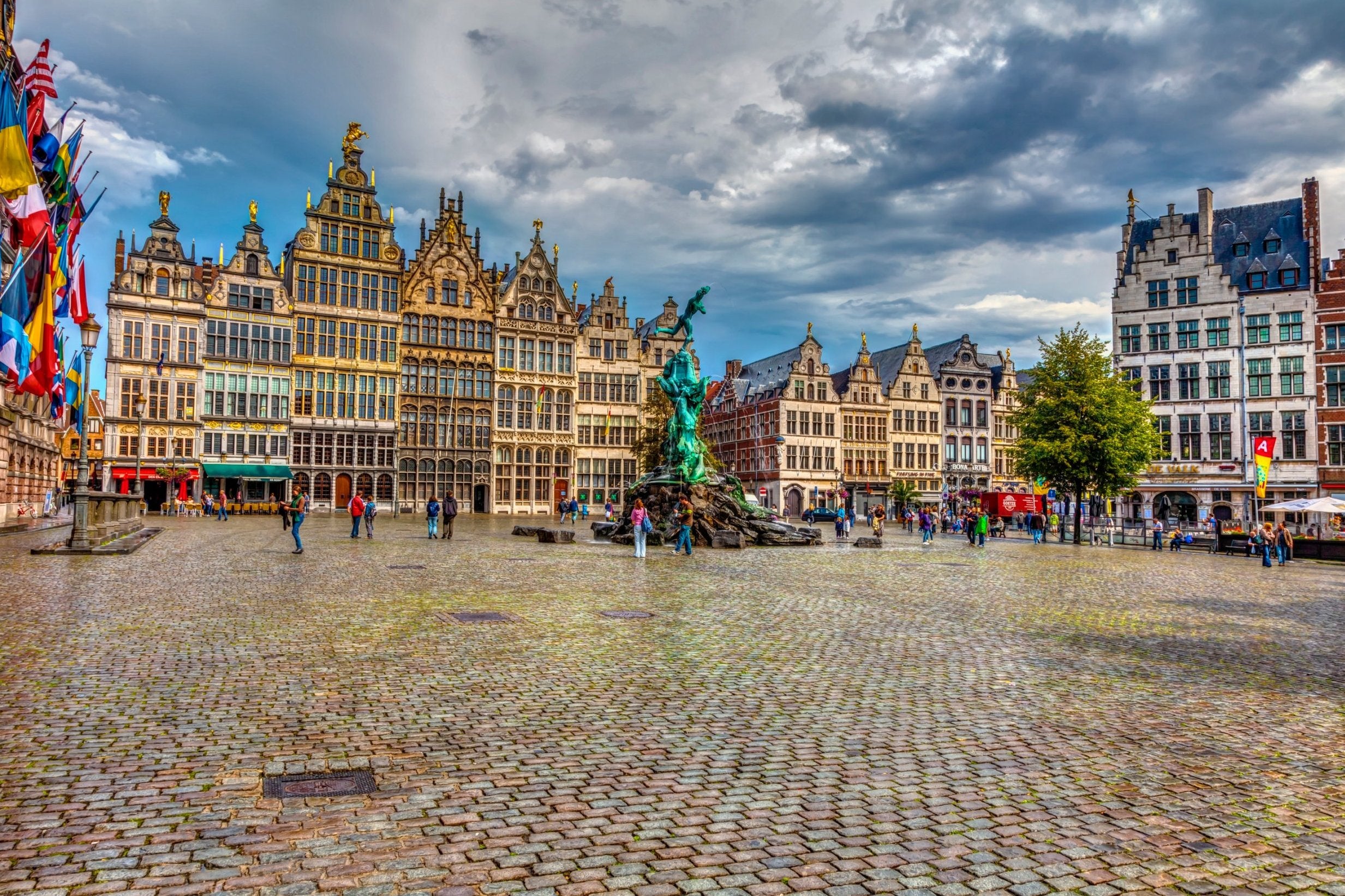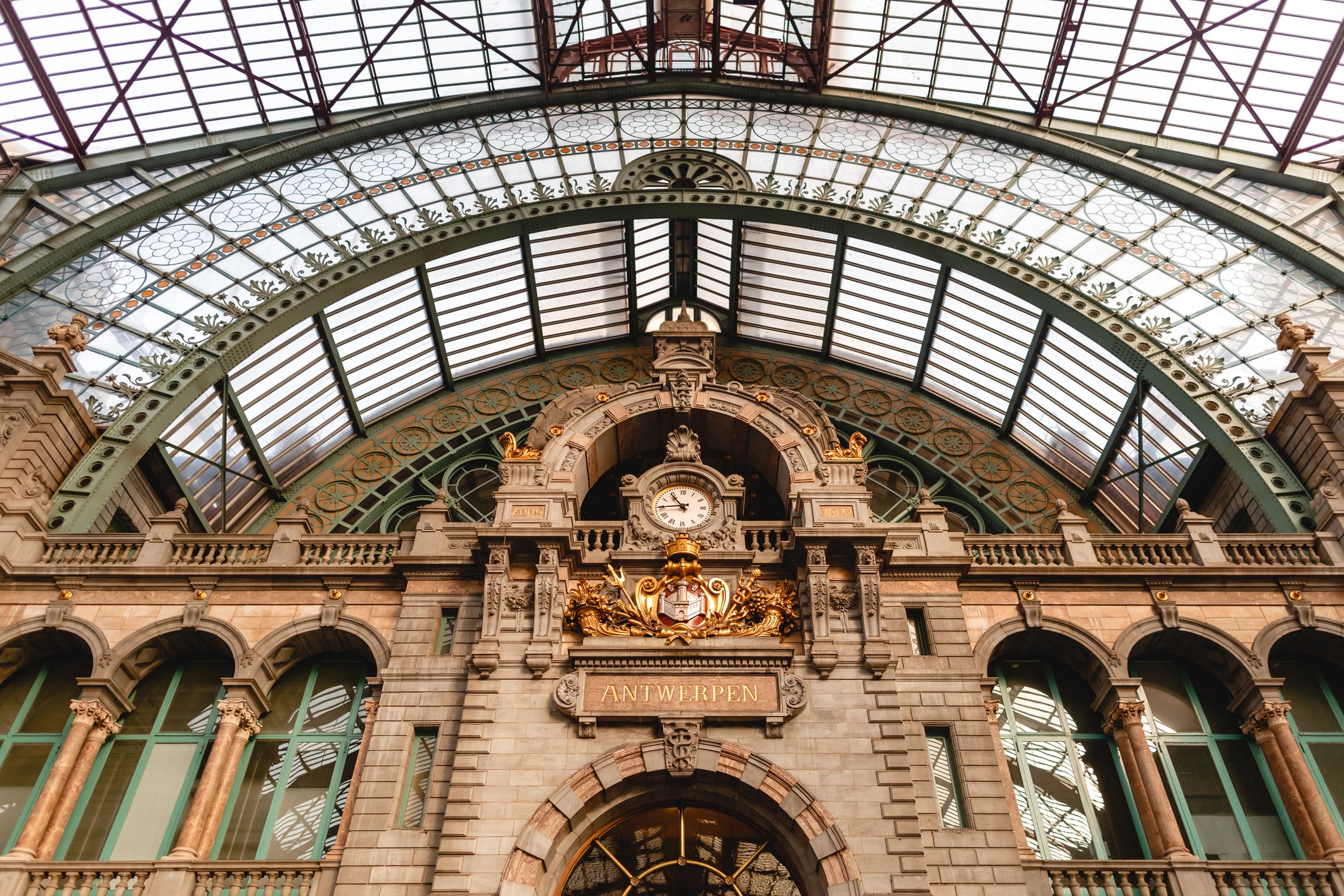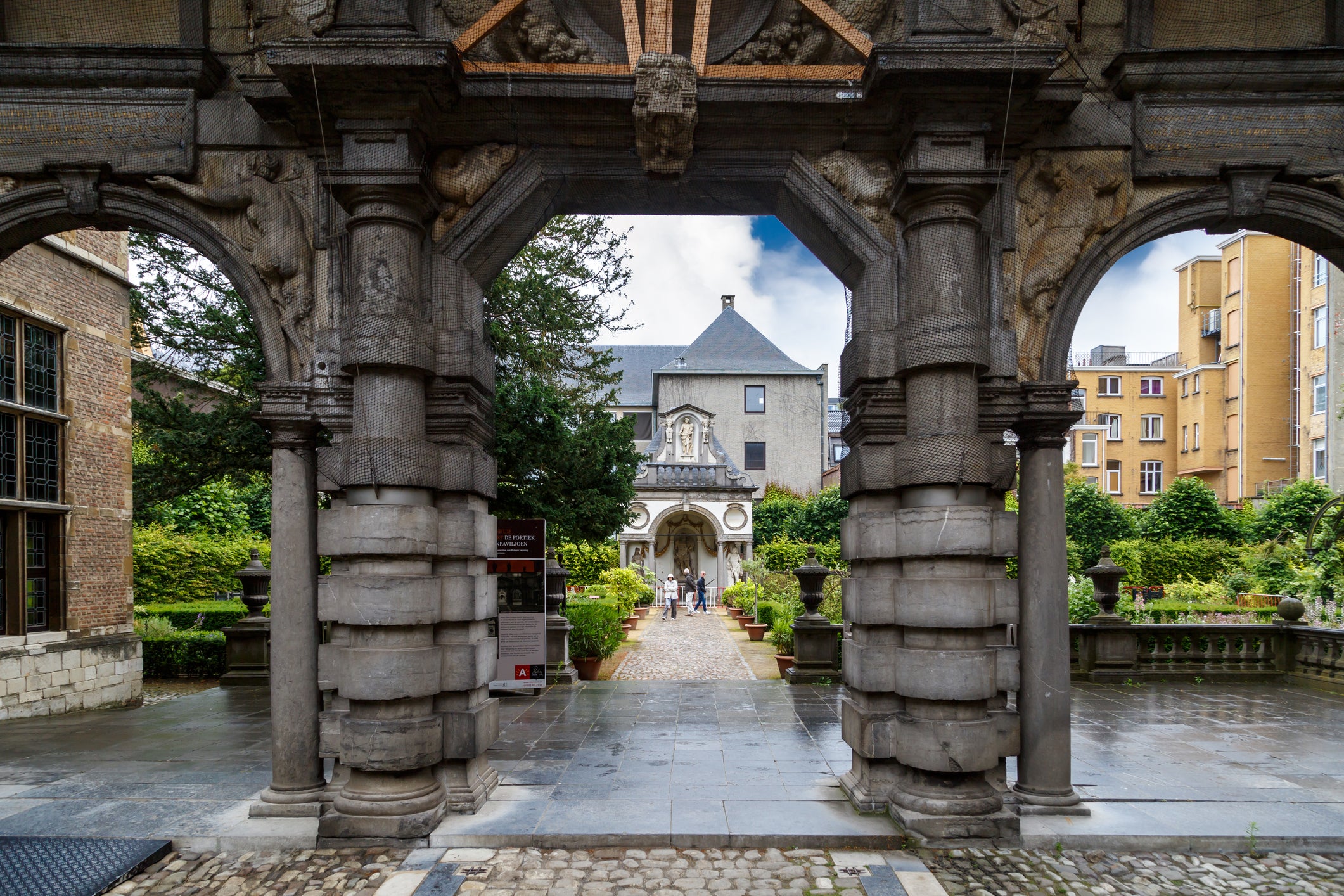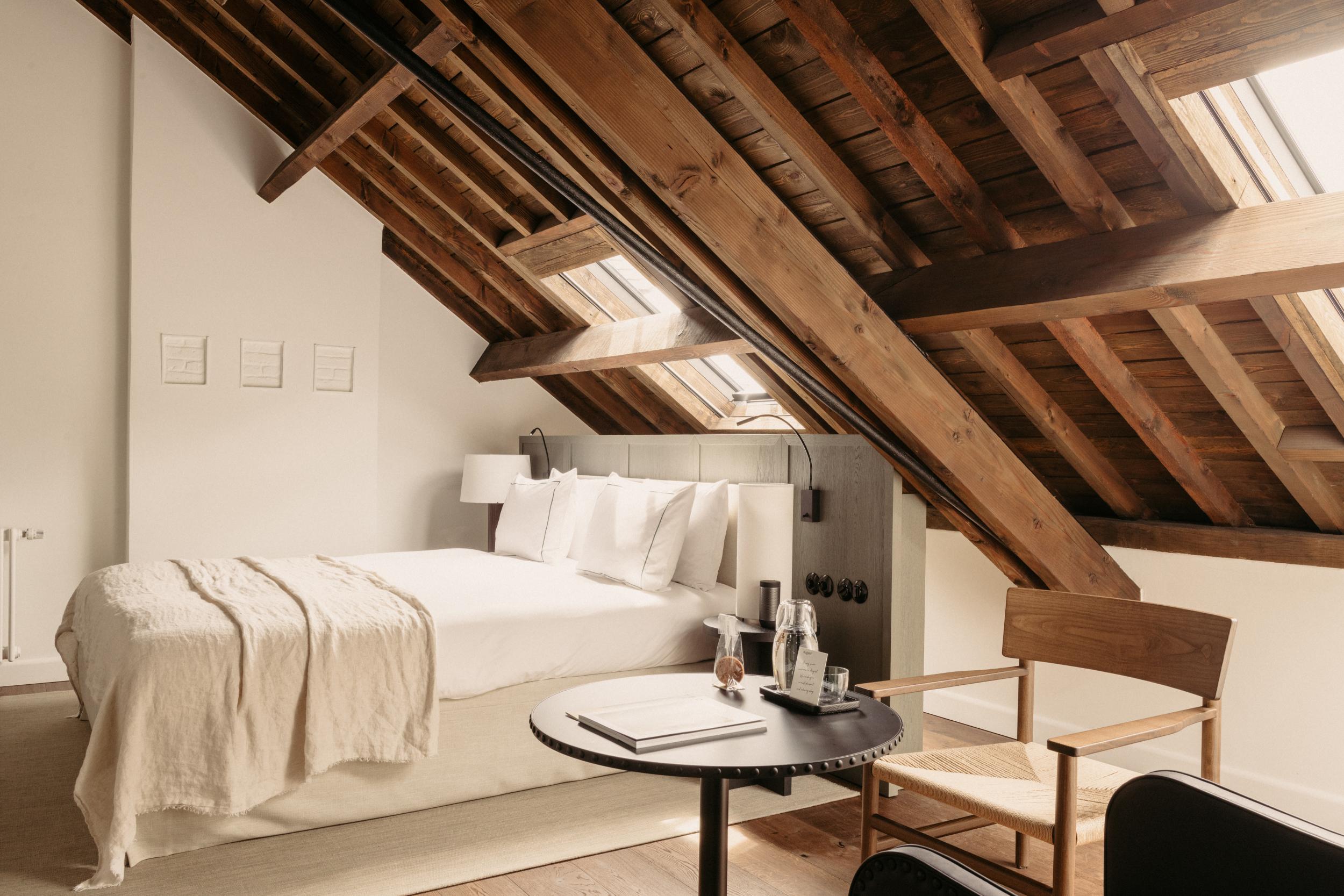Why Antwerp is the perfect place for a flight-free city break
London to Belgium’s second city in under three hours? Getting the train couldn’t be easier, says Joe Minihane

Your support helps us to tell the story
From reproductive rights to climate change to Big Tech, The Independent is on the ground when the story is developing. Whether it's investigating the financials of Elon Musk's pro-Trump PAC or producing our latest documentary, 'The A Word', which shines a light on the American women fighting for reproductive rights, we know how important it is to parse out the facts from the messaging.
At such a critical moment in US history, we need reporters on the ground. Your donation allows us to keep sending journalists to speak to both sides of the story.
The Independent is trusted by Americans across the entire political spectrum. And unlike many other quality news outlets, we choose not to lock Americans out of our reporting and analysis with paywalls. We believe quality journalism should be available to everyone, paid for by those who can afford it.
Your support makes all the difference.Stepping off a Belgian IC train and into the soaring majesty of Antwerp’s Centraal station, it’s impossible not to feel captivated by the romance and possibility of rail travel. Belgium’s second city is overlooked when it comes to short, flight-free breaks from the UK, but with Eurostar’s “Any Belgian Station” ticket and easy connections from Brussels Midi, it takes just another 45 minutes to reach Antwerp on top of the two-hour 10-minute zip through the Channel Tunnel from London to the Belgian capital.
While diamonds and chocolate remain Antwerp’s primary calling cards, the city has a seriously impressive line-up of museums and a booming culinary scene. Unquestionably, it’s the place to be if you want a city break without the hassle and environmental impact of flying, but can’t face another weekend in Paris.
Over pleasingly strong coffee at Caffenation, a roastery and cafe set within PAKT, a rejuvenated industrial site that is also home to a rooftop farm, Sylvia Van Craen from Visit Antwerp spreads a map of the city across our table.
“Diamonds and chocolate are very important here,” she says. “But there is so much else to see.” She proceeds to mark up the map, showing me where to find the best Art Nouveau architecture, the finest 16th and 17th century Flemish art and the strongest beers in town.
Draining our cups, Sylvia and I head into the city centre, taking the tram to Meir, the main shopping street. Antwerp’s tram system makes getting around easy, although once you’re among the dark-bricked townhouses, it’s best to get around on foot, all the better for stumbling across backstreets and squares that can be easily missed otherwise.

The plan is to give me a quick tour before leaving me to explore further the following morning. I follow Sylvia past the scaffold clad towers of the Cathedral of Our Lady, ducking into Vlaaikensgang, a narrow passageway dating back to 1591 where the city’s shoemakers once plied their trade. Today, its benches and ivy-clad whitewashed walls offer a peaceful escape from Meir and the crowds which congregate outside the cathedral.
Sylvia leads me onwards to the banks of the River Scheldt. Antwerp is Europe’s second largest port, despite being some four hours from the North Sea by boat. With large ships plying its waters, the river does not have any bridges. Instead, locals access Linkeroever on the far bank via tunnels, including the restored, Art Deco St Anna’s Pedestrian Tunnel. It might not seem like the most obvious of tourist attractions, but as we descend on clanking wooden escalators, among cyclists and harried commuters, the historic photos and posters give the place the air of a vintage Tube station. Sylvia beams with pride as we look down its 500m length.

We say our goodbyes at Centraal station. “Enjoy your day tomorrow,” she says. “Go to the MAS, Red Star Line Museum, Plantin Moretus Museum and the cathedral, at least.”
Armed with that hefty to do list, I head to August, a newly opened boutique hotel in a one-time Augustinian cloister in the luxury Green Quarter south of the centre, part of a wider redevelopment of a former military hospital. Following a cocktail in the converted chapel that is now August’s impressive bar, I make for Black Smoke, a barbecue spot just 15 minutes’ walk away. Handily, it’s opposite De Koninck, Antwerp’s most famous brewery. After a quick bottle of its eponymous brew, I head across the road for brisket, pickles and bread made using yeast left over from De Koninck’s brewing process.
The next morning, I take Sylvia’s map and walk through Zurenborg. This area of Antwerp is known for its sprawling fin de siecle townhouses. The streets are quiet and it’s impossible not to get swept up in the idea of having the run of one of these mansions for a few days. The names of former owners are embedded in the brickwork, the Hebrew fonts a nod to Antwerp’s Jewish past.

With little time to spare, I ride the tram to Meir and enter the cathedral. Here, triptychs painted for the local artisan guilds who ran the city in the 17th century dominate the walls, much as they would have done 400 years ago. Chief among them is The Descent from the Cross, painted for the gunners’ guild by Peter Paul Rubens, Antwerp’s most famous son.
Similarly evocative Flemish paintings dominate at the Plantin-Moretus Museum. Portraits of the eponymous printmakers and their families are spread across the dark walls of the building they once called home. It’s here where Antwerp became the centre of the European book trade in the 1500s, the printing presses (which still survive to this day) churning out multilingual bibles and Abraham Ortelius’s first modern atlases.
Antwerp’s historic status as a hub for art, culture and travel is the cornerstone of MAS (Museum aan de Stroom or Museum by the River), a postmodern colossus which stands on the river north of the city in the Eilandje district. A short walk from the city centre (via Caffe Mundi for a weapons grade flat white), MAS’s collection feels overwhelming for such a short trip, but my visit is boosted by taking the escalators to the viewing deck on the rooftop. With building heights restricted, Antwerp’s skyline is dominated by its cathedral and little else, meaning it looks much as it did during Rubens’ time.
I have a little time to spare, so walk the half a mile to the Red Star Line Museum. More than 2 million passengers passed through the shipping line’s buildings in the late 19th and early 20th centuries, heading for a new life in North America. The museum’s collection of personal stories from passengers, including Albert Einstein and Irving Berlin, and original photography is deeply affecting. Even now, some 80 years after the Red Star Line’s emigration route fell into decline, Antwerp is a city of diversity, with over 170 nationalities living here. The Red Star Line Museum is undoubtedly the highlight of the day.
After a brief visit to the new Chocolate Nation museum, where I indulge in some mid-afternoon snacks of the highest calibre, I take in the work of Rubens at his former home.
That evening, I head back into town for dinner at Graanmarkt 13. Run by chef and local Seppe Nobels, the ingredients here are supplied by producers from the surrounding region, as well as the rooftop garden at PAKT. The sea bass with beetroot is enough to send me into a post meal haze. With 20,000 steps done, I’m ready for bed.
As I hop back on the train to Brussels the next morning, I take a final glimpse of Centraal, imagining the migrants of 100 years ago arriving in Antwerp for the first time. This is a city so rich in history and so easily within reach of London by train, that it seems criminal for culture-obsessed travellers not to make it top priority.
Travel essentials
Getting there
Eurostar offers Any Belgian Station tickets from London from £35 one way.
Staying there
August offers doubles from £118.
Join our commenting forum
Join thought-provoking conversations, follow other Independent readers and see their replies
Comments